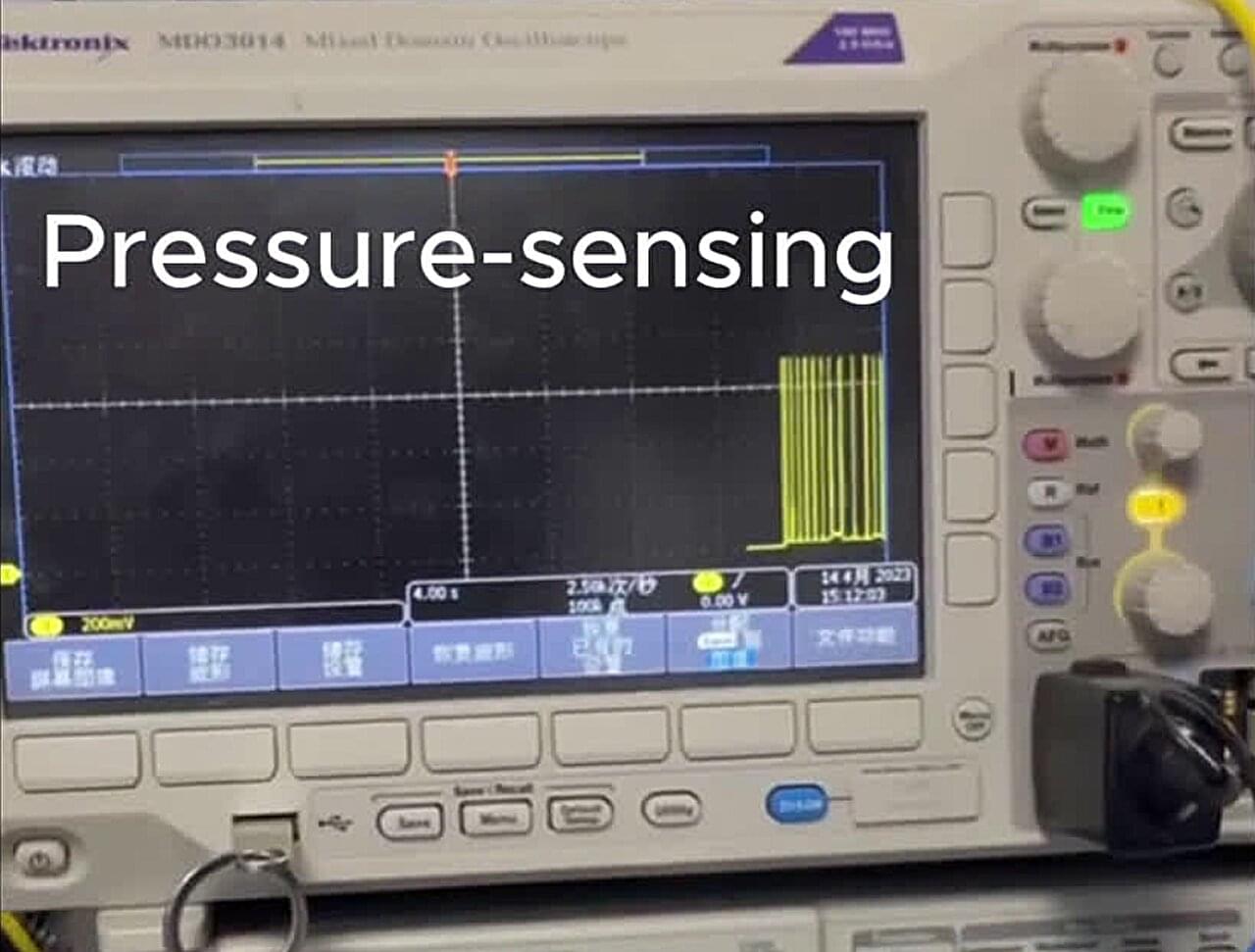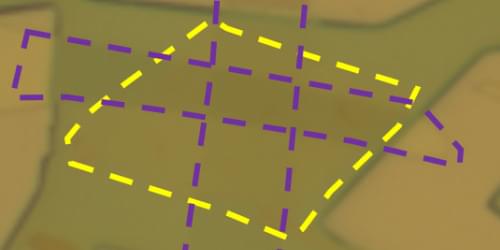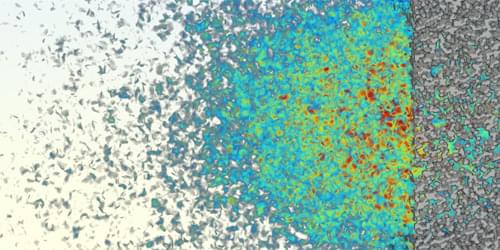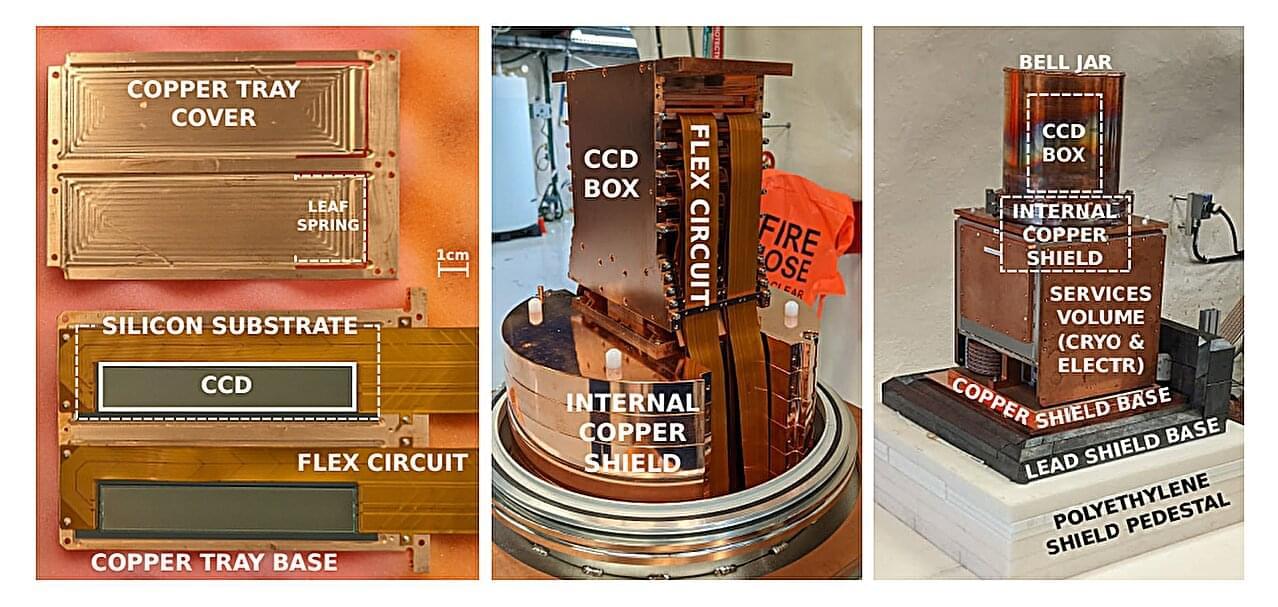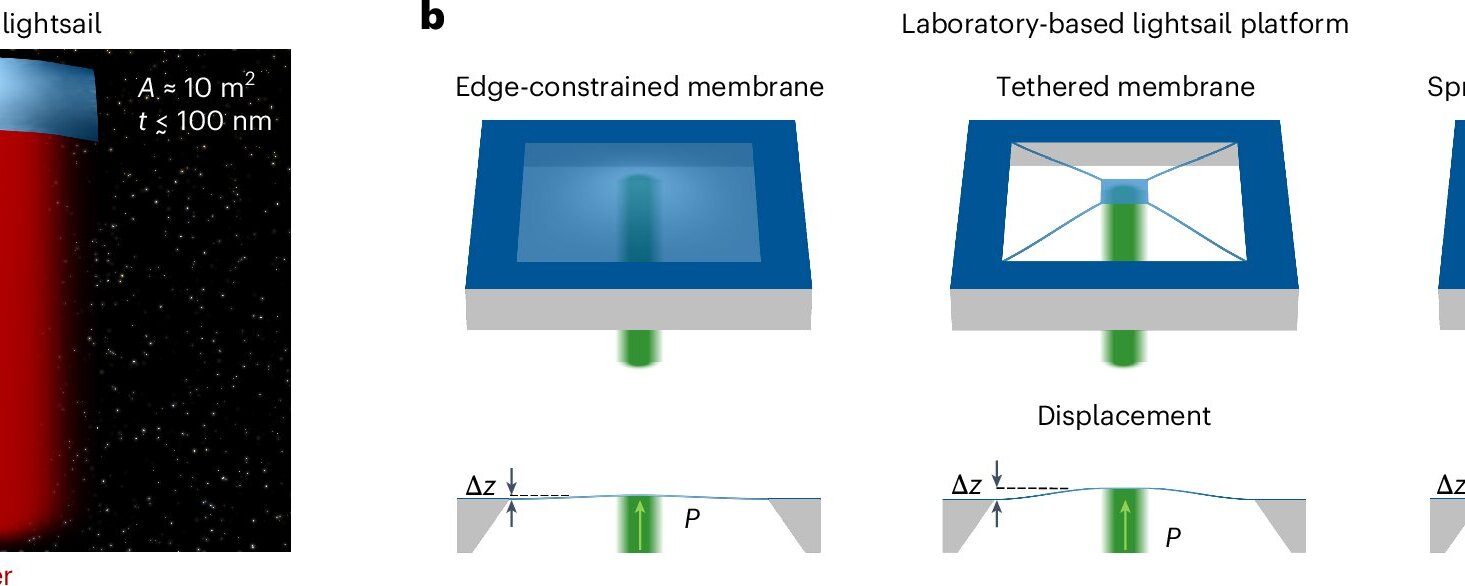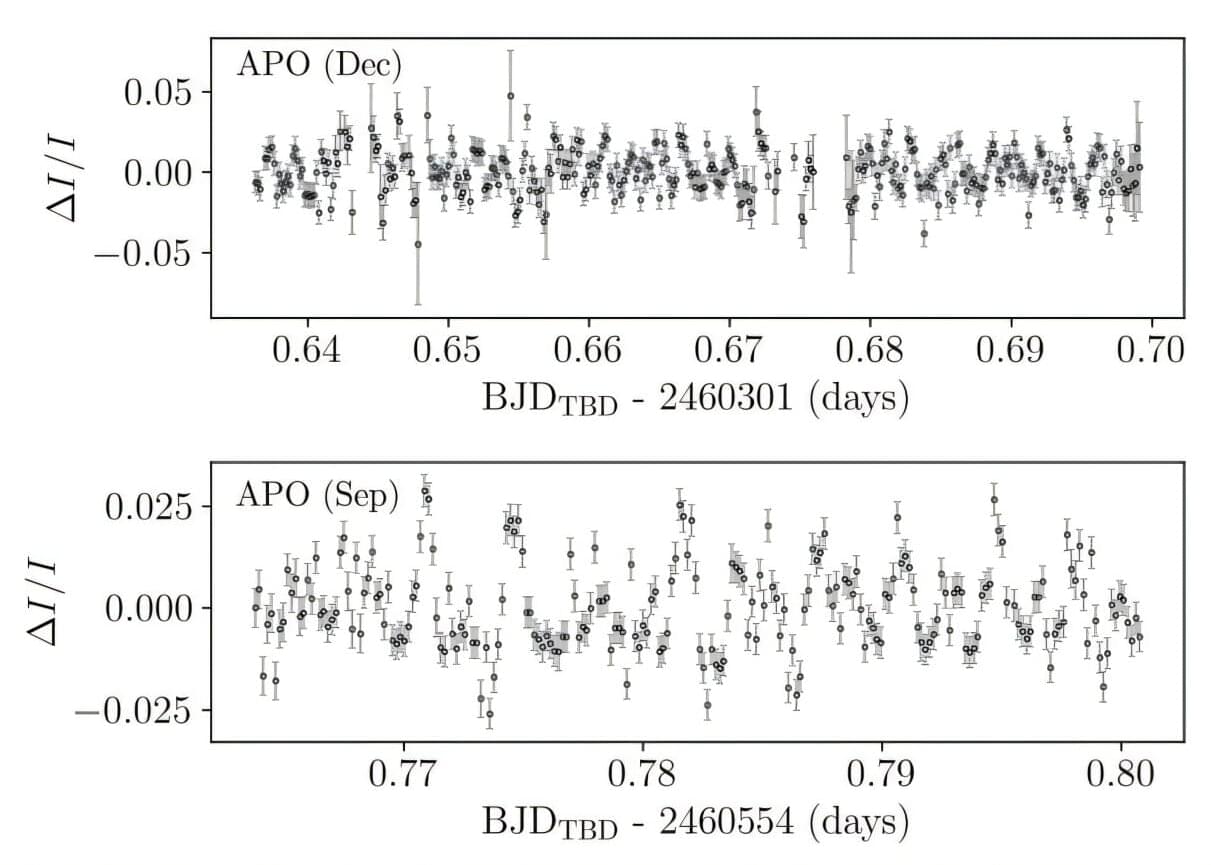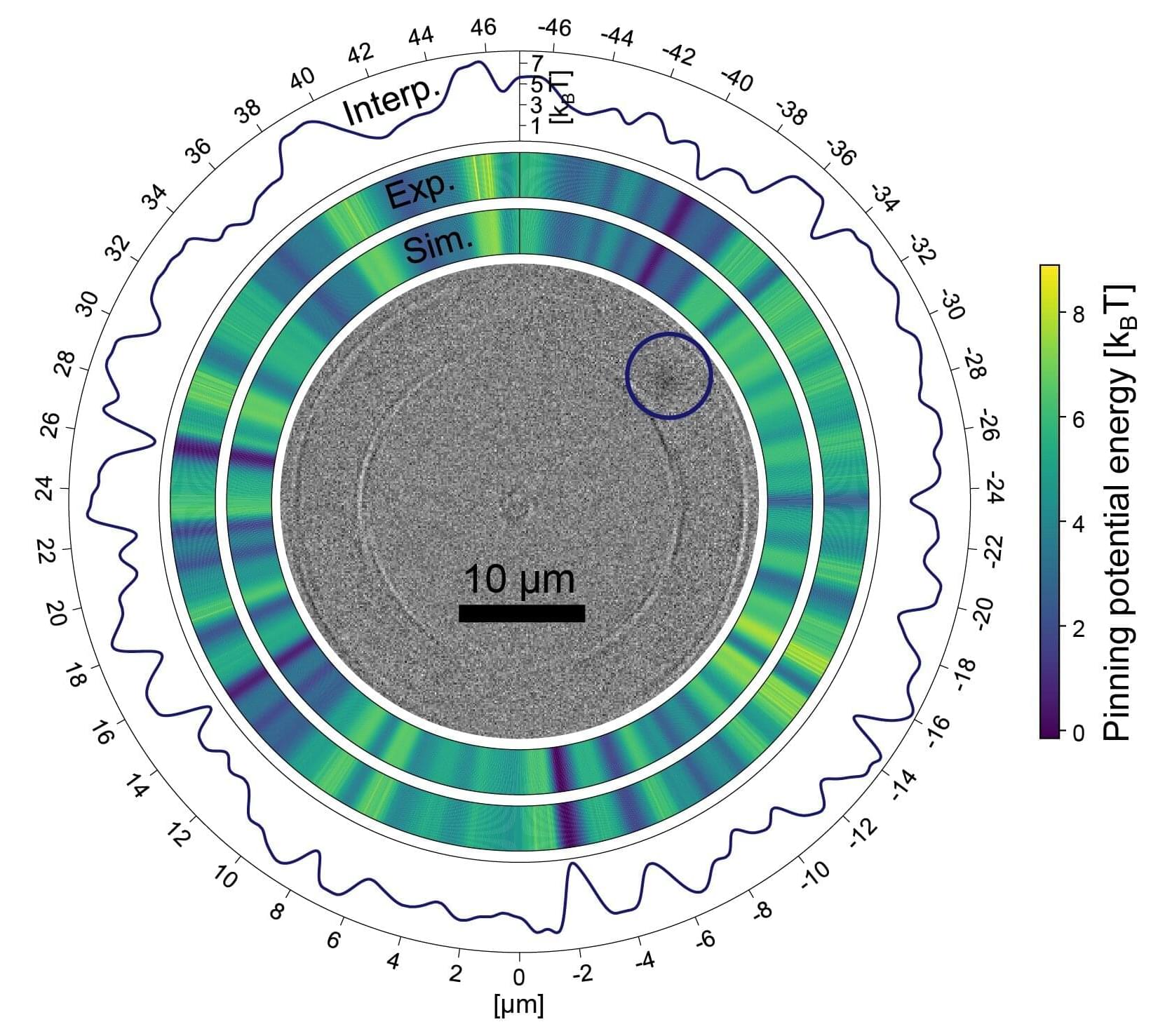Artificially engineered biological processes, such as perception systems, remain an elusive target for organic electronics experts due to the reliance of human senses on an adaptive network of sensory neurons, which communicate by firing in response to environmental stimuli.
A new collaboration between Northwestern University and Georgia Tech has unlocked new potential for the field by creating a novel high-performance organic electrochemical neuron (OECN) that responds within the frequency range of human neurons. The team also built a complete perception system by designing other organic materials and integrating their engineered neurons with artificial touch receptors and synapses, which enabled real-time tactile signal sensing and processing.
The research, described in a paper in Proceedings of the National Academy of Sciences, could move the needle on intelligent robots and other systems currently stymied by sensing systems that are less powerful than those of a human.
